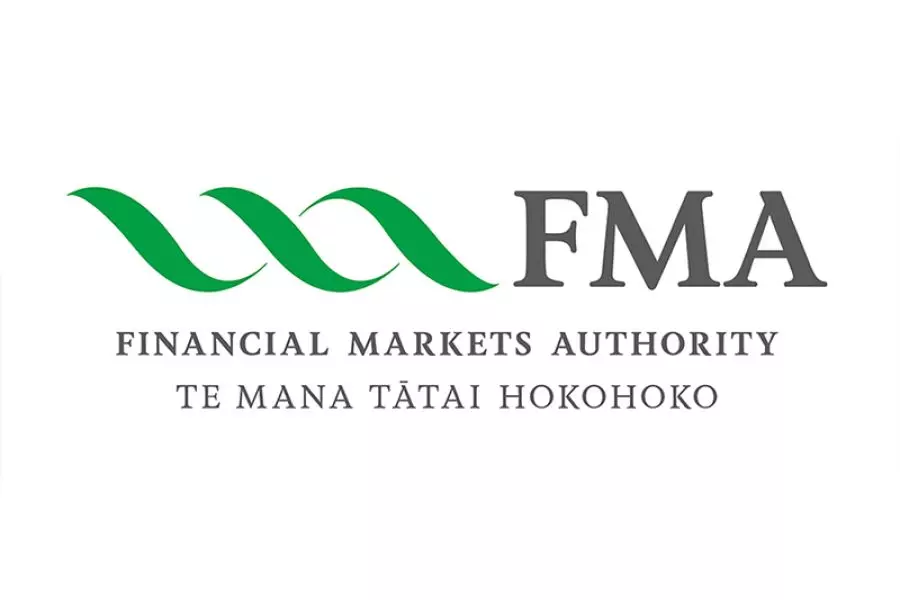News
Mixed year but outlook bright

Wednesday 14th of January 2015
The nationwide average residential property value increased 4.9% over the year, to $488,674 in December.
It lifted 1.5% over the final three months of 2014 and nationwide values overall are now 17.9% higher than the previous market peak reached in late 2007.
Auckland’s values increased 9.8% from an average $693,549 in December 2013 to $761,858 in December 2014.
The...
Want to read the full article?
Click the button below to subscribe and will have unlimited access to full article and all other articles on the site.
2 min read









![[The Wrap] Bye Bye Bayly](https://goodreturns.publit.io/file/c_fill,w_900,h_600/39f23ac1-f7c7-4854-b700-a150004ebbac.webp)